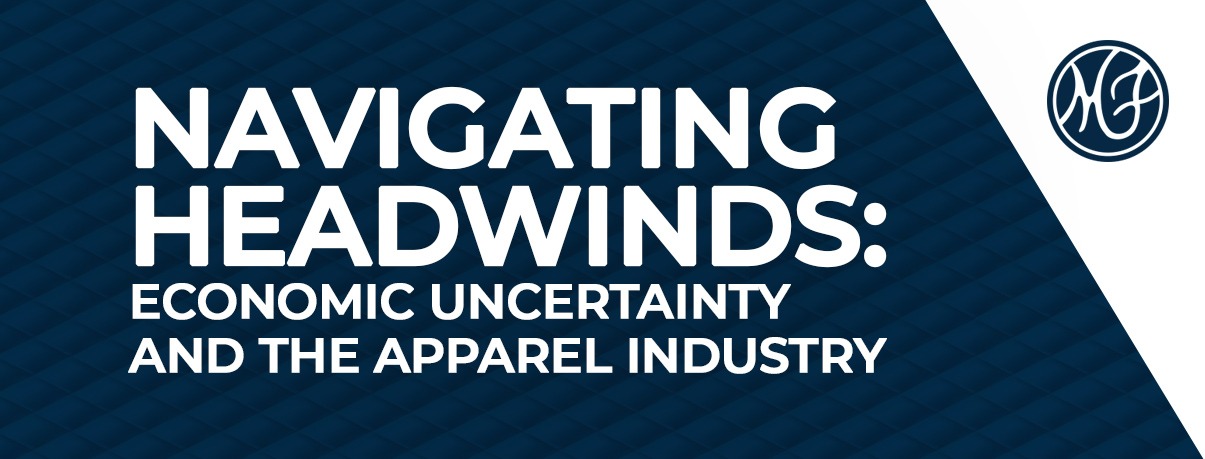Most businesses globally are going through an unprecedented and hard-to-predict economic period.
Inflation has continued unabated this year in the U.S. this year, while unemployment remains at historic lows and wages have increased.
Looking at supply chain disruptions, for many industries the difficulties are beginning to ease. The fashion industry has been developing new suppliers in regions outside the normal channels to help manage supply shortages—and this approach has been effective.
While many economists believe a recession is heading our way, it’s not clear how bad it will be. The Federal Reserve is raising rates steeply to stem inflationary pressures, but is expected to pull back if the economy slows. Meanwhile, mortgage rates have stabilized for the time being.


Financing can be key to smoothing out recessionary pressures for any industry, but especially in apparel.
What have we learned about the apparel industry from the last major recession, which began in 2007 and then hit hard by 2009? Unemployment was 10% in 2009 and retail clothing sales dropped by 10.4% that year. The businesses that didn’t shutter were the ones able to offer deep discounts along with the ones that had (or started) an online presence.
We are definitely not there yet as we wrap up 2022. While new clothing is considered discretionary spending, consumer confidence is still up. So, even with current predictions that the market will soften, no one can guess by how much.
Factories in India are seeing smaller orders and more price negotiating as retailers are looking to produce smaller inventories. China’s factory activity–where there are still strict Covid protocols in place–is at roughly 50%, which is not signaling growth but also not indicating a contraction, as of yet.
An open financing source would be beneficial in this economic environment. According to Daniel R. Milberg, CEO of Milberg Factors Inc., “Financing can be key to smoothing out recessionary pressures for any industry, but especially in apparel. If procurement costs remain high, bridge financing could be particularly helpful, especially if there is an expectation that profits will shrink in the short term.”
At the height of the Covid pandemic—when in-person shopping slowed and, in many cases, ceased— retailers with a strong digital presence were able to survive and even prosper. Fluid pricing also helped, with some businesses offering deep discounts to customers. Now that the pandemic has eased, customers are happy to shop outside their homes but they are still shopping online as well, and a hybrid approach has boosted profits for many retailers.
So what’s a good approach for the apparel industry in fragile economic times? Continue to enhance hybrid and digital distribution strategies while delivering varied price points to customers who are likely to experience the coming economic uncertainties differently.
It’s critical to stay aware, fluid, and flexible in difficult times, and take a proactive approach to identifying new financing sources for your business.
To learn more about how factoring can help your business, contact Milberg Factors, Inc.
CONTACT
For more information about Milberg Factors, Inc., please contact Daniel R. Milberg at (212) 697-4200, David M. Reza at (818) 649-7587, or Ernest B. White at (336) 714-8852. Alternatively, you can email us at info@milbergfactors.com.








